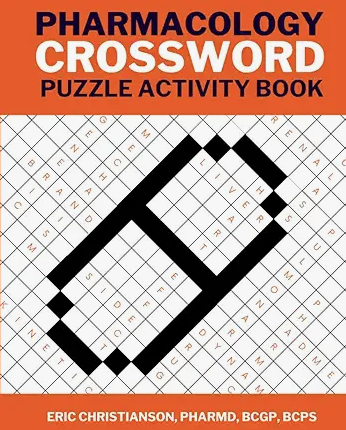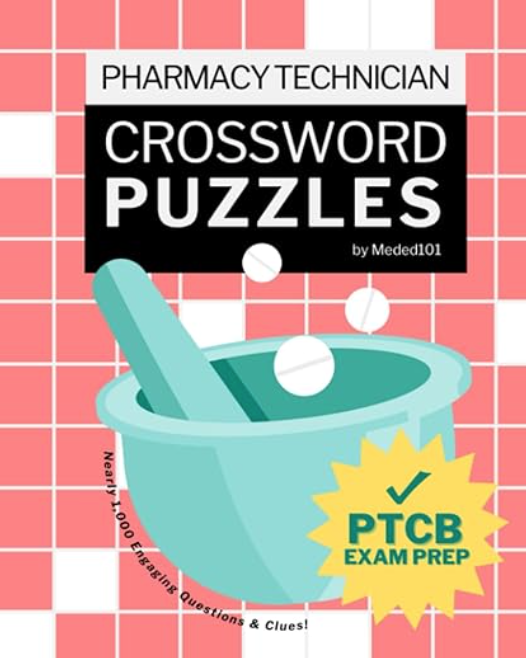Dementia with Lewy Bodies (DLB) is a type of dementia grouped under the term “Lewy Body Dementia” along with Parkinson Disease with Dementia (PDD)1. The main symptoms of DLB are parkinsonism, REM sleep disorder, visual hallucinations, and changes in cognition2. There are currently no FDA-approved treatments for DLB. However, rivastigmine, an acetylcholinesterase inhibitor, is FDA-approved for PDD3. We will discuss Dementia with Lewy Bodies treatment (DLB) and why acetylcholinesterase inhibitors are the preferred initial agent.
Guideline Recommendations – Dementia with Lewy Bodies
Acetylcholinesterase inhibitors (donepezil (podcast), rivastigmine, galantamine) and memantine have been used to treat the cognition aspect of DLB, but there are no recommendations (or guidelines) concerning items like the severity of disease and monotherapy versus dual therapy as there are with Alzheimer disease (AD). In AD, it’s recommended that acetylcholinesterase inhibitors be used as monotherapy in mild to moderate AD and adding memantine to this regimen in moderate to severe AD4. In DLB, memantine may be used as a second option when acetylcholinesterase inhibitors are not tolerated5.
Why Are Acetylcholinesterase Inhibitors Used in DLB?
Acetylcholinesterase inhibitors are typically used first in DLB because the degradation of cholinergic neurons is very similar to the degradation in AD (excellent nugget to remember for the BCGP and BCPS exam). In fact, the degradation in DLB is shown to be stronger than the degradation in AD, meaning that acetylcholinesterase inhibitors may work even better in DLB than AD6. This fact, in combination with more robust clinical evidence, make this class the top choice over memantine in DLB. Memantine, an NMDA receptor antagonist, helps in AD by preventing an excess of glutamate. Excess NMDA receptor function may also play a role in Parkinson’s disease, meaning that memantine may be a helpful option in DLB due to its mechanism having dual roles but strong clinical evidence supporting its use is limited7.
The bottom line. There appears to be stronger clinical evidence supporting the use of acetylcholinesterase inhibitors as the first-line agent in DLB.
This article was written by Brooklyn Mason, PharmD Candidate in collaboration with Eric Christianson, PharmD, BCPS, BCGP.
- 30 medication mistakes PDF
- 18+ Page Drug Interaction PDF
- 10 Commandments of Polypharmacy Webinar based on my experiences in clinical practice
Popular Amazon Books
- Gomperts SN. Lewy body dementias: Dementia with Lewy bodies and Parkinson disease dementia. Continuum 2016; 2: 435-63.
- McFarland N. Clinical features and diagnosis of dementia with Lewy bodies. In: UpToDate, Connor RF (Ed), Wolters Kluwer.
- MacDonald S, Shah AS, Tousi B. Current therapies and drug development pipeline in Lewy body dementia: An update. Drugs Aging 2022; 39: 505-22.
- Press D, Buss SS. Treatment of Alzheimer disease. In: UpToDate, Connor RF (Ed), Wolters Kluwer.
- McFarland N. Prognosis and treatment of dementia with Lewy bodies. In: UpToDate, Connor RF (Ed), Wolters Kluwer.
- Grothe MJ, Schuster C, Bauer F, Heinsen H, Prudlo J, Teipel SJ. Atrophy of the cholinergic basal forebrain in dementia with Lewy bodies and Alzheimer’s disease dementia. Journal of Neurology 2014; 261: 1939-48.
- Warre R, Thiele S, Talwar S, Kamal M, Johnston TH, Wang S, Lam D, Lo C, Khademullah CS, Perera G, Reyes G, Sun XS, Brotchie JM, Nash JE. Altered function of glutamatergic cortico-striatal synapses causes output pathway abnormalities in a chronic model of parkinsonism. Neurobiology of Disease 2011; 41: 591-604.









0 Comments